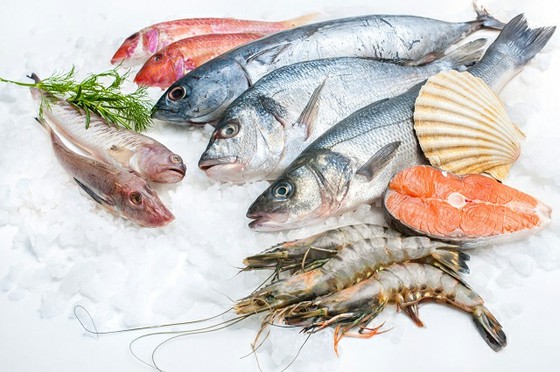 |
According to trade statistics from the Korea Customs Service, the value of seafood imports from Japan, including live fish, chilled and frozen fish, crustaceans, and mollusks, increased 12.2% year-on-year to $174.15 million last year. yen), the highest level since 2010 ($212.21 million, about 27.75 billion yen), before the Fukushima Daiichi nuclear accident.
After the 2011 nuclear accident in South Korea, the value of seafood imports from Japan continued to decline, dropping to $91 million (approximately ¥11.9 billion) in 2014. However, it has since increased to $120 million (about 15.7 billion yen) in 2019, $160 million (about 21 billion yen) in 2021, and increased further last year.
Since September 2011, South Korea has banned the import of marine products from eight prefectures: Fukushima, Miyagi, Iwate, Aomori, Tochigi, Gunma, Ibaraki, and Chiba.
South Korea aims to join the Trans-Pacific Partnership (TPP), and joining requires the consent of all member countries, including Japan. are expected to seek the lifting of bans on imports of marine products. However, South Korea maintains that its accession to the TPP and import bans should not be considered on the same level.
South Korea is also concerned about Japan's plan to start releasing treated water from the Fukushima Daiichi Nuclear Power Plant into the ocean by this summer. Against this backdrop, a joint research team from the Korea Institute of Marine Science and Technology and the Korea Atomic Energy Research Institute held an academic conference of the Korean Society for Disaster Prevention held on Jeju Island in the south last month to investigate how treated water released into the ocean spreads. Announced simulation results. The conclusion was drawn that there would be no significant impact if released into the ocean. However, even with this result, there are still strong voices of concern in South Korea.
On the 16th of this month, South Korean President Yoon Seo-gyul and Prime Minister Fumio Kishida held a Japan-South Korea summit meeting. When I met with Prime Minister Kishida at the ceremony, I asked him to work on the relaxation of import restrictions imposed by South Korea at the summit meeting. Governor Uchibori said, "Precisely because South Korea is reacting harshly to the problem of treated water, the government is working to promote exchanges between South Korea and Japan, including the issue of easing import restrictions, and to build stronger diplomatic relations. I would like to have it."
Then, on the 16th, a summit meeting was held, and the two leaders agreed to resume the mutual visits "shuttle diplomacy" that had been suspended for a long time. Japanese media reported that Prime Minister Kishida asked President Yoon to lift the embargo at the meeting, but South Korea's Ministry of Foreign Affairs (equivalent to the Ministry of Foreign Affairs) said, "It is customary in diplomacy not to disclose the content of statements made by the leaders of the other countries." he mumbled. A source close to the presidential office also said, "We cannot reveal what the two leaders specifically talked about."
However, according to Yonhap News, officials in the presidential office also acknowledged that the embargo came up when Japanese political figures met with President Yoon. Japanese media also reported that Fukushiro Nukaga, chairman of the Japan-Korea Parliamentarians' League, requested the resumption of imports of Japanese sea squirts at the meeting. , I didn't say the word hoya," he denied. The sea squirt is called the "pineapple of the sea" because of its red and orange protrusions and plump appearance. Miyagi Prefecture is Japan's number one producer, and South Korea was the main export destination before the earthquake. In Korea, sea squirts have been eaten as sashimi with red pepper vinegar miso, or as an ingredient in bibimbap. "Tohoku sea squirts are large and have a good taste." Before the earthquake, they were popular in South Korea as well.
According to a report by the Mainichi Shimbun, when Chairman Nukaga asked President Yoon to resume imports of sea squirts, Japanese media officials who tried to film the scene were stopped by officials from the presidential office. However, a presidential official said, "South Korea does not treat friendly countries that way (disrespectfully). When I said that, I may have politely told him to stop."
As supporters of the South Korean government's ruling party strongly oppose lifting the embargo on marine products, it can be seen that the South Korean government is also nervous about this issue.
At a press conference on the 20th, a senior presidential official said, "The South Korean government's position is clear. We absolutely cannot accept anything that threatens the safety and health of the public. It must be proven that it is scientifically safe." he said, emphasizing his previous position.
2023/03/27 13:05 KST


